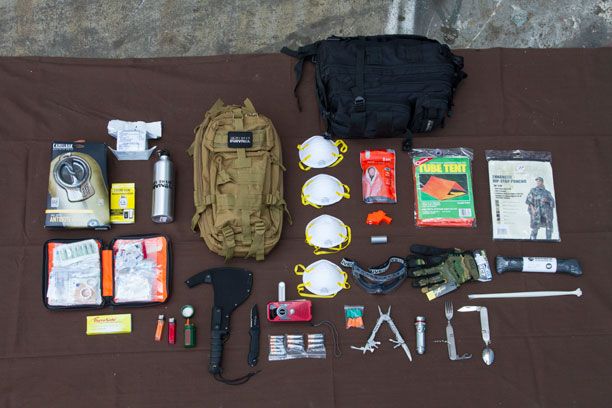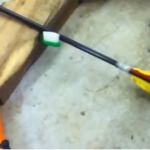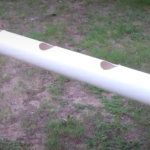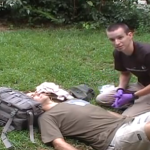Don’t Forget to Test Your Gear Before Heading Out
One of the things that I notice about good fire houses is that they are staffed with people who are well-trained, drill and continually check their equipment. They have good routines, each member has certain tasks and people work together to ensure that their equipment is ready to go with a moment’s notice. We can also benefit from frequently interacting with our survival gear, and here are a few ideas to keep in mind as you test, drill and practice.
Constant Readiness

All of your survival resources need to be ready to go at any time. Everything from the stuff that’s in your bug out bag to what you are keeping nearby if you end up sheltering in place needs to be in top-condition. You also need to keep adapting your gear and requirements as you learn new tricks, skills or your needs change as well. That being said, you should be inventorying, inspecting and utilizing the resources you have so that you are familiar with how they will be used in the field.
Preventive Maintenance
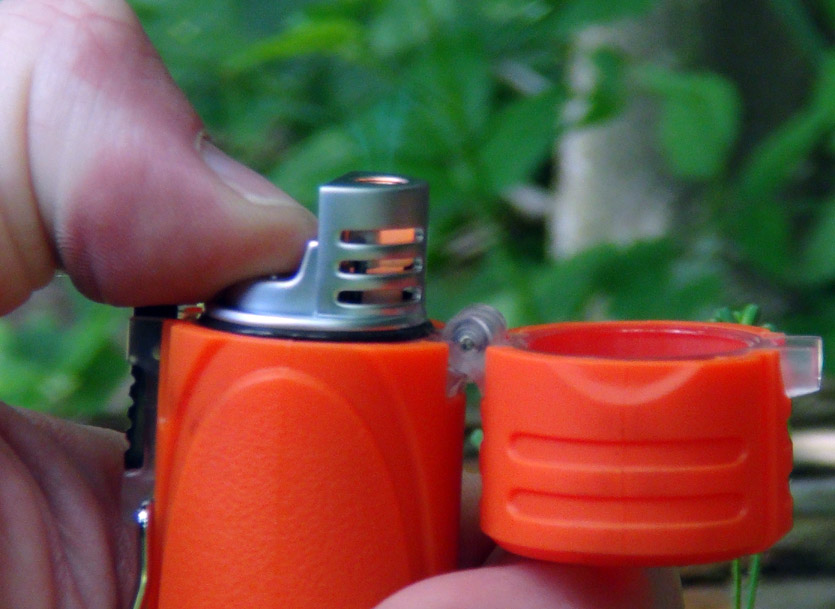
Everything, from the quality of bungee cords to the mechanical condition of your vehicle, should be in top condition as well. We all know what marginal can mean. Marginal brakes will do the job until we can make repairs next month. Marginal tires can go for another couple thousand miles before wearing until they go flat. Marginal lighters still light after 10 or so attempts. Marginal is so easy to accept, but you should never settle for it when packing and maintaining your survival items.
While everything doesn’t need to be new or in perfect condition, have high-standards. Always remember that you want to end up with things that will last the longest without breaking during a survival situation.
Do what you can to fix things that you know are going to be fixed sooner or later. Get tools and supplies that you’re running low on but keep forgetting to buy. Always overestimate and don’t worry about being paranoid or extra-cautious. The more proactive you are now will offset a world of problems later.
Practice

Take your tent, survival knife, first aid kit, emergency sewing kit, or whatever else you have tucked away in your bug out bag, and put them to use. Make sure they can be easily accessed and you know how to get set up under different conditions. Learn new techniques and adapt your supplies accordingly. Remember that your bag is full of resources, but you need skills and experience to make good use of them.
This will also help you to see where you can make improvements. Maybe your tent isn’t that great or your sleeping mat is not a right match. Perhaps your scissors aren’t sharp enough or your emergency fire-starting kit isn’t as effective as you would like. This is time to run things through their paces and address random issues that will undoubtedly come up during a real-world situation.
Re-Evaluate

Now that your supplies are up-to-par, and you’ve spent some time honing and broadening your skills, it’s time to take a look at some of your plans and see if they need a little bit of revision as well. This can be anything from choosing the best evacuation routes to how to maximize your food storage in an intermediate bug-out location. Think of the threats you are preparing for, how you may do things differently, and then change plans accordingly.
Remember that the devil’s in the details. A lot of simple things are easily overlooked, and now is the time to make sure that you’ve kept your plans up-to-date. Have you edited your contact list or changed your emergency communication system? Are there new medications that need to be included? Have you ordered those replacement items?
In other words, you want to ensure that your material items are in top condition and that you have what you need. You also want to take time to develop your skill set and practice. Finally, you want to adapt plans and update important information as appropriate. Remember that being in a state of readiness is an active process rather than a passive one. Keep testing your gear and skills so that you will be in the best position to respond as effectively as possible.


